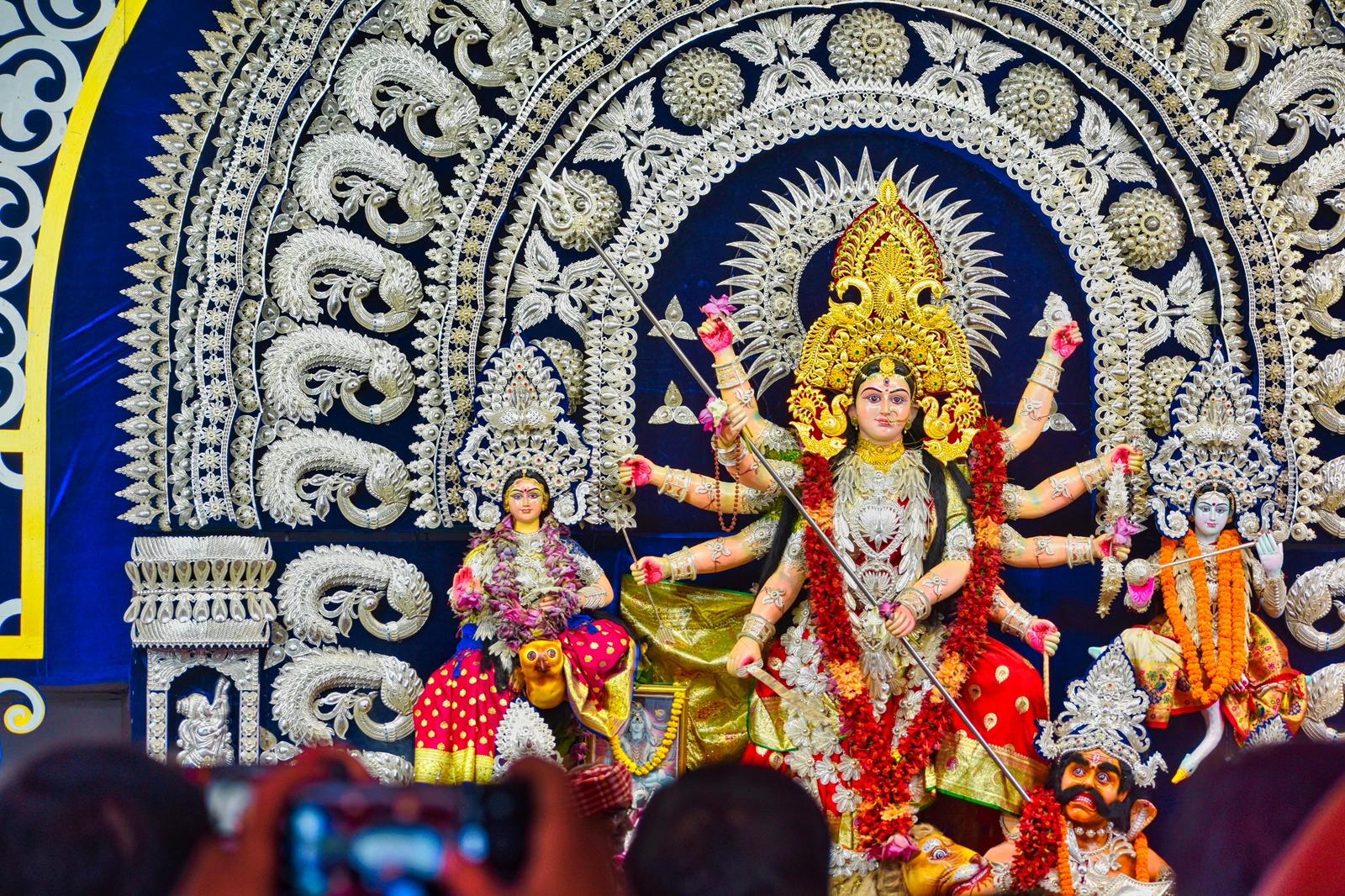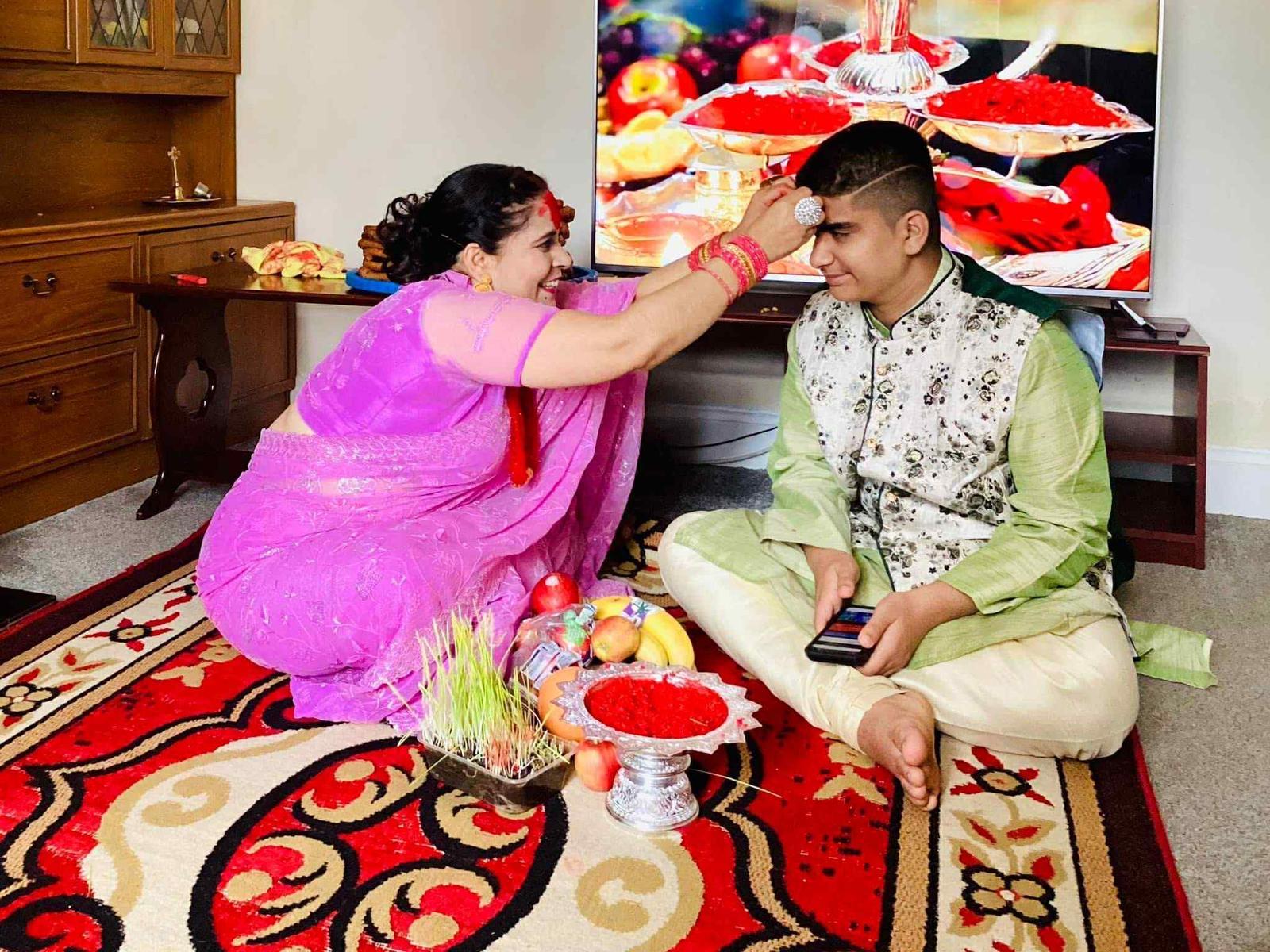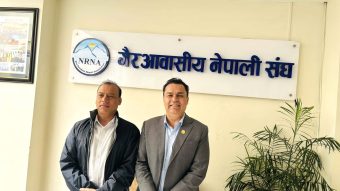Dashain: The Festival of Victory, Family, and Global Nepali Identity




Introduction
Every autumn, when the skies over Nepal turn clear and the air carries the smell of fresh harvest, a wave of joy runs through every household. Families clean their homes, elders prepare for rituals, and children wait impatiently for new clothes and blessings. This is Dashain—the festival that beats at the heart of Nepali life. It is not just a date on the calendar; it is a time of togetherness, renewal, and hope. Dashain is the laughter of cousins playing on bamboo swings, the warmth of tika pressed gently on the forehead, and the joy of reunion after a long separation. Wherever there are Nepali hearts—whether in the villages of Gorkha, the busy streets of Kathmandu, or faraway cities like London and Sydney—Dashain comes alive, reminding us of who we are and where we belong.
How Dashain Began in Religion and Mythology
The roots of Dashain lie in the timeless stories of faith and courage. In Hindu mythology, the world once trembled under the terror of the demon Mahishasura. When no god could defeat him, the divine energies of the gods combined to create Goddess Durga. With radiant beauty and unstoppable strength, she fought Mahishasura for nine days and nine nights. On the tenth day, she struck him down. That victory became Vijaya Dashami—the triumph of light over darkness.
Another story, told in the Ramayana, adds even deeper meaning. Before facing the demon king Ravana, Lord Rama prayed to Goddess Durga with devotion and sacrifice. With her blessings, Rama achieved victory on Dashami. These stories remind us that even when darkness feels overwhelming, goodness, courage, and devotion will always prevail. This is the soul of Dashain.
The Sacred Heart of Dashami
The tenth day, Vijaya Dashami, is the most awaited moment of the festival. On this day, elders place tika—a mixture of rice, curd, and vermillion—on the foreheads of the younger ones and offer Jamara, the golden barley shoots that have been nurtured since Ghatasthapana. The tika shines red, symbolizing victory and blessings, while the Jamara carries the promise of prosperity and renewal.
For many of us, the memory of kneeling before grandparents as they whisper blessings, touch our heads with trembling hands, and press tika gently on our foreheads, is one of the most tender moments of Dashain. In that small act, generations connect, and love is carried forward. It is not just ritual—it is family, faith, and the unbroken thread of tradition.
The Nine Nights of Navadurga
Before this great day comes Navaratri, the nine sacred nights dedicated to the nine forms of Goddess Durga. Each day is like a lesson for life. One form teaches us courage, another patience, another compassion, and yet another purity of heart. The journey begins with Shailaputri, symbol of strength, and ends with Siddhidatri, giver of wisdom and liberation. These nine nights remind us that devotion is not only about prayers—it is also about becoming better human beings.
Devi Puja: Worship from the Heart
For families, Dashain begins with Ghatasthapana, when the sacred Kalash is placed in the puja room and Jamara is sown. Every morning and evening, a lamp is lit, incense fills the air, and prayers rise. The rituals may be simple or elaborate, but what truly matters is devotion. Even a single flower offered with love carries more power than grand offerings without sincerity. The lamp burning in the corner of the room is more than light—it is a flame of hope, guiding families through the days of celebration.

Tika and Jamara: Symbols of Belonging
No part of Dashain is more personal than tika and Jamara. The moment when elders bless the young with tika is one that carries immense emotion. The cool touch of yogurt and rice on the forehead, the golden Jamara placed lovingly in the hair, and the whispered words of blessing create memories that last a lifetime. These are not just symbols; they are the living heartbeat of family and culture. For those far away from home, even a small amount of Jamara carried across oceans becomes a priceless treasure.
Dashain Beyond Rituals: The Festival of Life
Dashain is also joy beyond rituals. It is the excitement of buying new clothes, the playful shouts of children flying kites, the gathering of cousins on swings, and the aroma of delicious feasts cooked with love. It is the sound of laughter echoing through villages, the rush of buses carrying people back home, and the relief of disputes being forgotten in the spirit of forgiveness. After the monsoon, when the fields rest and the skies clear, Dashain arrives like a pause, reminding everyone to slow down, reconnect, and give thanks for life itself.
Dashain in the Nepali Diaspora
Today, more than one-third of Nepal’s people live abroad. For them, Dashain is a bittersweet time. The heart longs for home, yet the festival becomes even more precious. In London, Sydney, New York, Doha, and many other cities, Nepalese communities come together to celebrate. Temples and community halls fill with chants, children receive tika from elders, and the spirit of Dashain lives on. Sometimes, Jamara is mailed from Nepal to relatives abroad, carrying with it the blessings of home. Often, friends from other cultures are invited, turning Dashain into a beautiful bridge of unity. In these ways, Dashain is not only preserved in the diaspora but is also shared with the world, promoting Nepal as a country of deep traditions and harmony.
Challenges and the Road Ahead
Yet, Dashain faces challenges in today’s world. In urban Nepal, busy lives sometimes weaken the traditions. In the diaspora, families may struggle to perform the rituals fully. Younger generations, surrounded by global festivals like Christmas or Halloween, may feel distant from their own roots. Environmental concerns also call for change, as communities reconsider practices like animal sacrifice and seek more sustainable ways to celebrate.
But these challenges can be transformed into opportunities. With eco-friendly pujas, digital blessings shared across borders, and global cultural events, Dashain can continue to evolve without losing its essence. By teaching children the meaning behind each ritual, families ensure that the heart of Dashain beats strongly for generations to come.

Mr. Som Nath Sapkota
The Need for Global Recognition
Dashain has every quality to become a global festival. Its message of good triumphing over evil, its rituals of love and blessings, and its vibrant spirit are universal. Just as Diwali and Lunar New Year are celebrated worldwide, Dashain too can shine internationally. Promoting it through tourism, cultural programs, and media not only strengthens Nepali identity abroad but also introduces the world to Nepal’s unique spirit of harmony and resilience.
Final Thoughts
Dashain is not just a festival; it is a story of people. It is the grandmother with gentle hands placing tika on her grandchildren, the father who saves for months to bring his children home, the mother who waters Jamara with devotion, and the child who laughs with golden barley in hair and blessings in heart. It is Nepal itself—rooted in tradition, alive with faith, and carried proudly across oceans by its people.
Yes, Dashain has challenges. But within them lies a chance to make the festival more sustainable, more inclusive, and more global. Its timeless message—that light will always overcome darkness, that unity is stronger than division, and that blessings multiply when shared—is one the world needs to hear. Whether in a village in Nepal or in a diaspora city across the globe, Dashain shines as a festival of victory, family, and hope, connecting Nepal to the world and uniting hearts everywhere.
✍️ Written by Som Nath Sapkota
Tourism Promoter for Wales
Ministry of Culture, Tourism, and Civil Aviation, Nepal
सम्बन्धित सामग्रीहरू
हाम्रो सिफारिस
- १
- २
- ३
- ४
- ५











